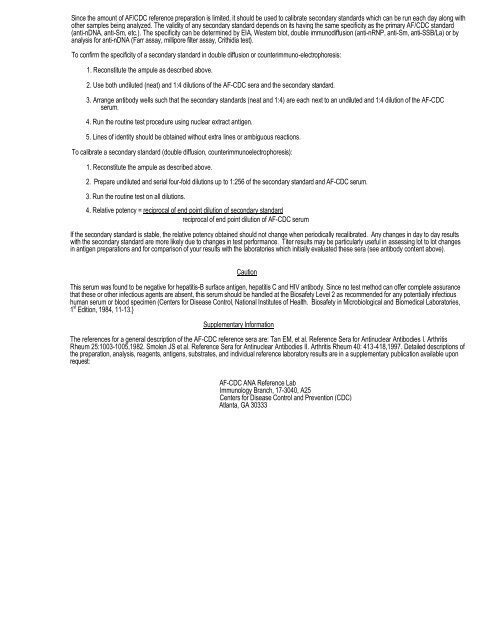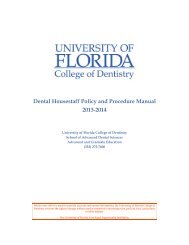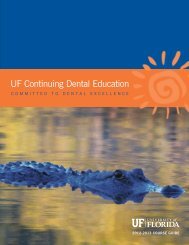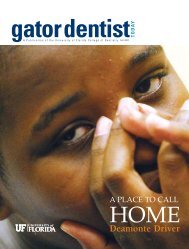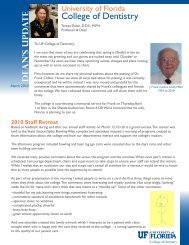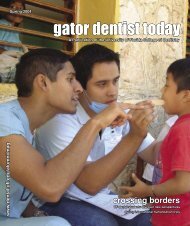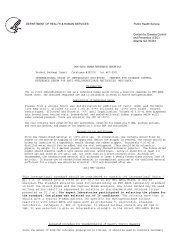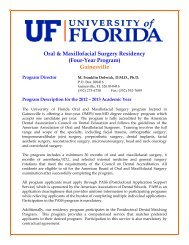anti-Sm
anti-Sm
anti-Sm
You also want an ePaper? Increase the reach of your titles
YUMPU automatically turns print PDFs into web optimized ePapers that Google loves.
Since the amount of AF/CDC reference preparation is limited, it should be used to calibrate secondary standards which can be run each day along with<br />
other samples being analyzed. The validity of any secondary standard depends on its having the same specificity as the primary AF/CDC standard<br />
(<strong>anti</strong>-nDNA, <strong>anti</strong>-<strong>Sm</strong>, etc.). The specificity can be determined by EIA, Western blot, double immunodiffusion (<strong>anti</strong>-nRNP, <strong>anti</strong>-<strong>Sm</strong>, <strong>anti</strong>-SSB/La) or by<br />
analysis for <strong>anti</strong>-nDNA (Farr assay, millipore filter assay, Crithidia test).<br />
To confirm the specificity of a secondary standard in double diffusion or counterimmuno-electrophoresis:<br />
1. Reconstitute the ampule as described above.<br />
2. Use both undiluted (neat) and 1:4 dilutions of the AF-CDC sera and the secondary standard.<br />
3. Arrange <strong>anti</strong>body wells such that the secondary standards (neat and 1:4) are each next to an undiluted and 1:4 dilution of the AF-CDC<br />
serum.<br />
4. Run the routine test procedure using nuclear extract <strong>anti</strong>gen.<br />
5. Lines of identity should be obtained without extra lines or ambiguous reactions.<br />
To calibrate a secondary standard (double diffusion, counterimmunoelectrophoresis):<br />
1. Reconstitute the ampule as described above.<br />
2. Prepare undiluted and serial four-fold dilutions up to 1:256 of the secondary standard and AF-CDC serum.<br />
3. Run the routine test on all dilutions.<br />
4. Relative potency = reciprocal of end point dilution of secondary standard<br />
reciprocal of end point dilution of AF-CDC serum<br />
If the secondary standard is stable, the relative potency obtained should not change when periodically recalibrated. Any changes in day to day results<br />
with the secondary standard are more likely due to changes in test performance. Titer results may be particularly useful in assessing lot to lot changes<br />
in <strong>anti</strong>gen preparations and for comparison of your results with the laboratories which initially evaluated these sera (see <strong>anti</strong>body content above).<br />
Caution<br />
This serum was found to be negative for hepatitis-B surface <strong>anti</strong>gen, hepatitis C and HIV <strong>anti</strong>body. Since no test method can offer complete assurance<br />
that these or other infectious agents are absent, this serum should be handled at the Biosafety Level 2 as recommended for any potentially infectious<br />
human serum or blood specimen (Centers for Disease Control, National Institutes of Health. Biosafety in Microbiological and Biomedical Laboratories,<br />
1 st Edition, 1984, 11-13.}<br />
Supplementary Information<br />
The references for a general description of the AF-CDC reference sera are: Tan EM, et al. Reference Sera for Antinuclear Antibodies I. Arthritis<br />
Rheum 25:1003-1005,1982. <strong>Sm</strong>olen JS et al. Reference Sera for Antinuclear Antibodies II. Arthritis Rheum 40: 413-418,1997. Detailed descriptions of<br />
the preparation, analysis, reagents, <strong>anti</strong>gens, substrates, and individual reference laboratory results are in a supplementary publication available upon<br />
request:<br />
AF-CDC ANA Reference Lab<br />
Immunology Branch, 17-3040, A25<br />
Centers for Disease Control and Prevention (CDC)<br />
Atlanta, GA 30333


